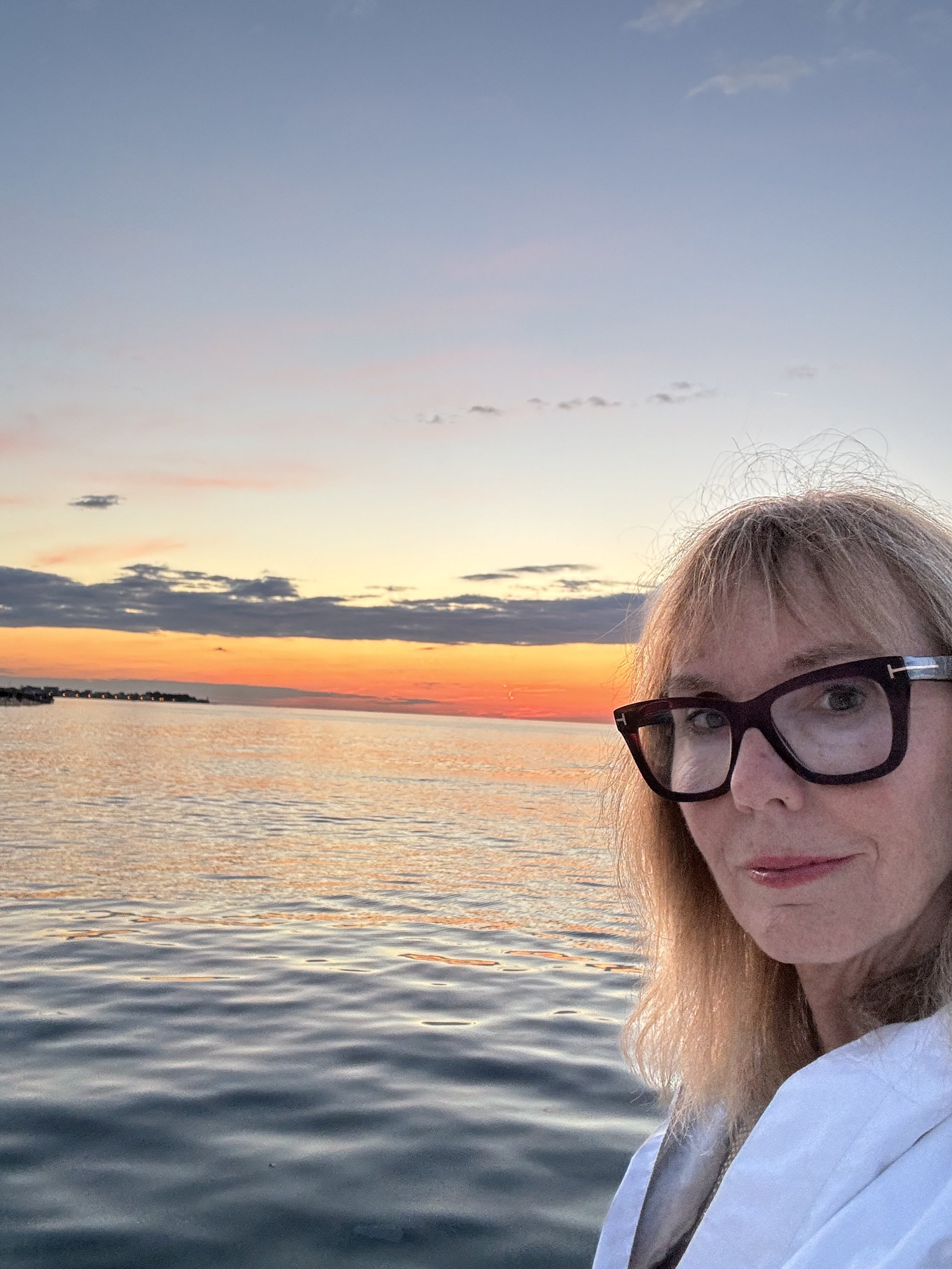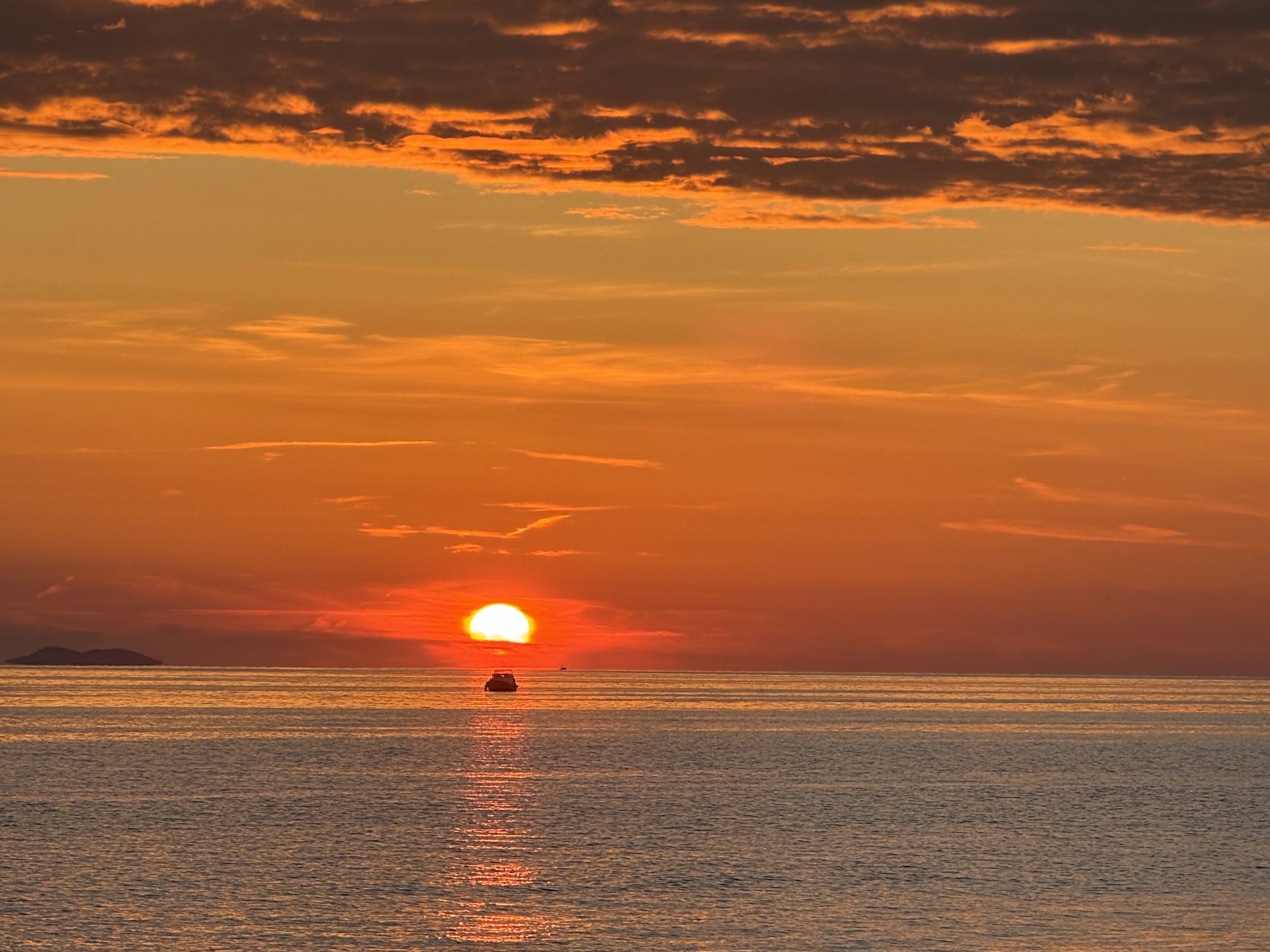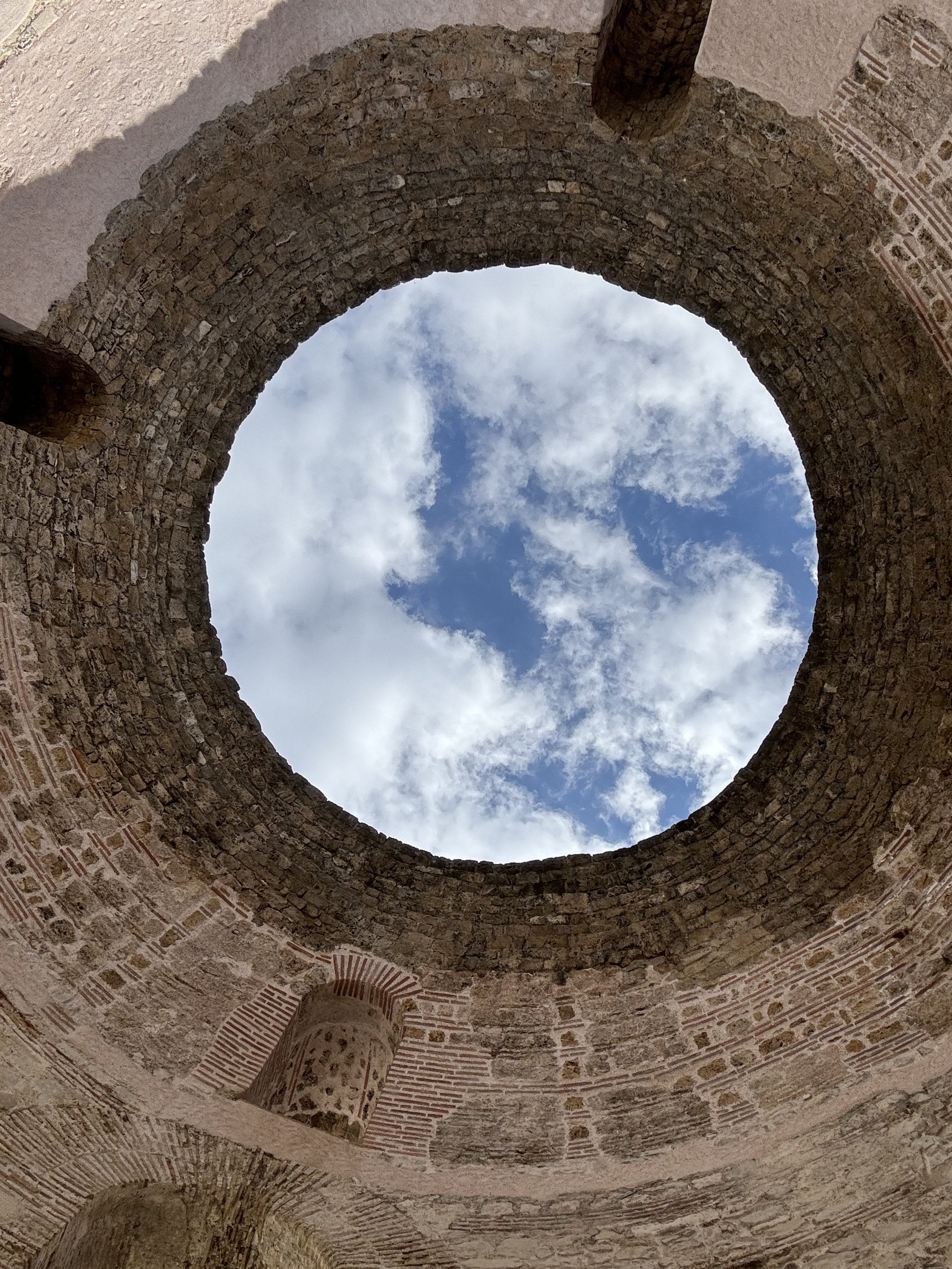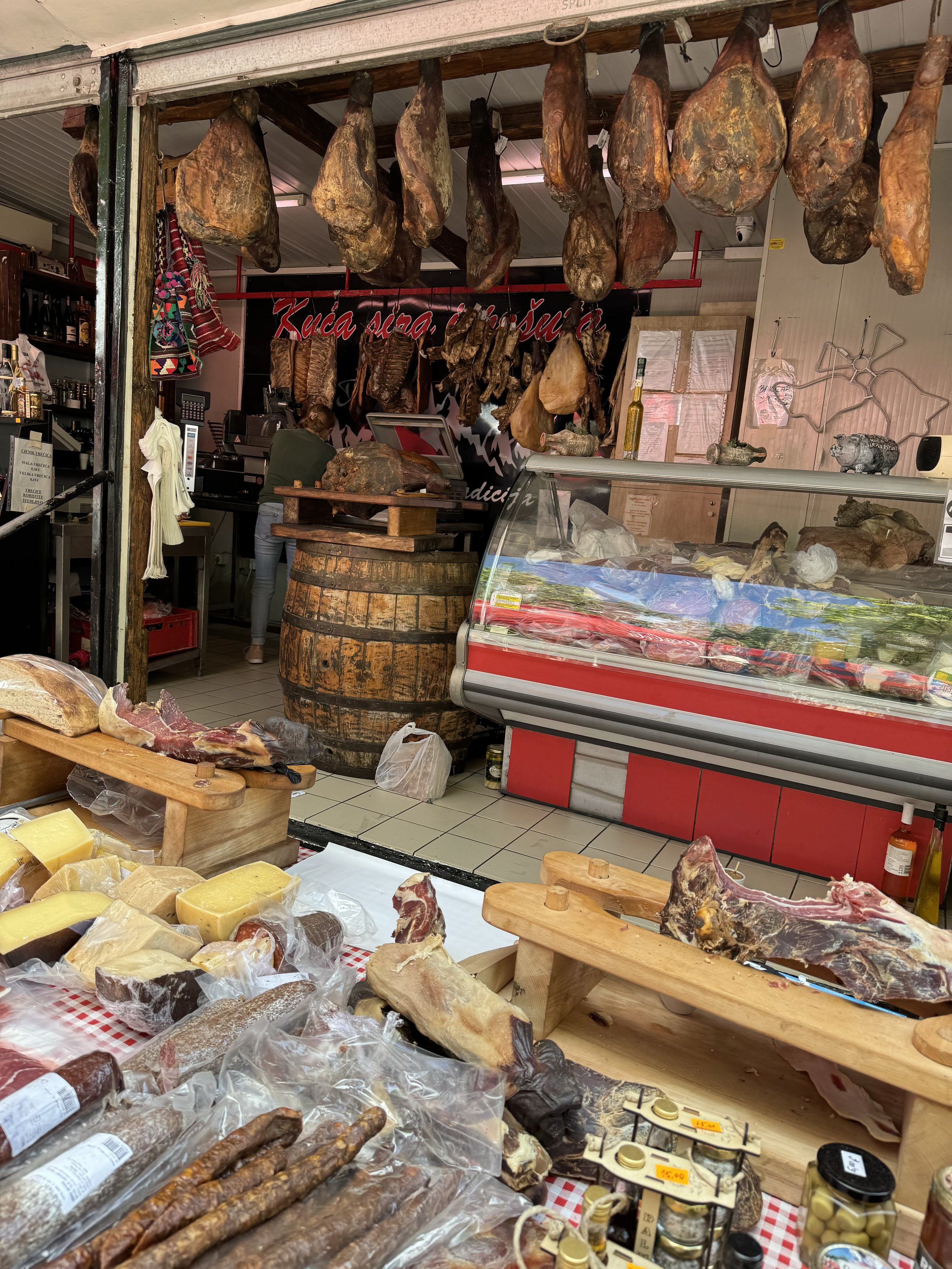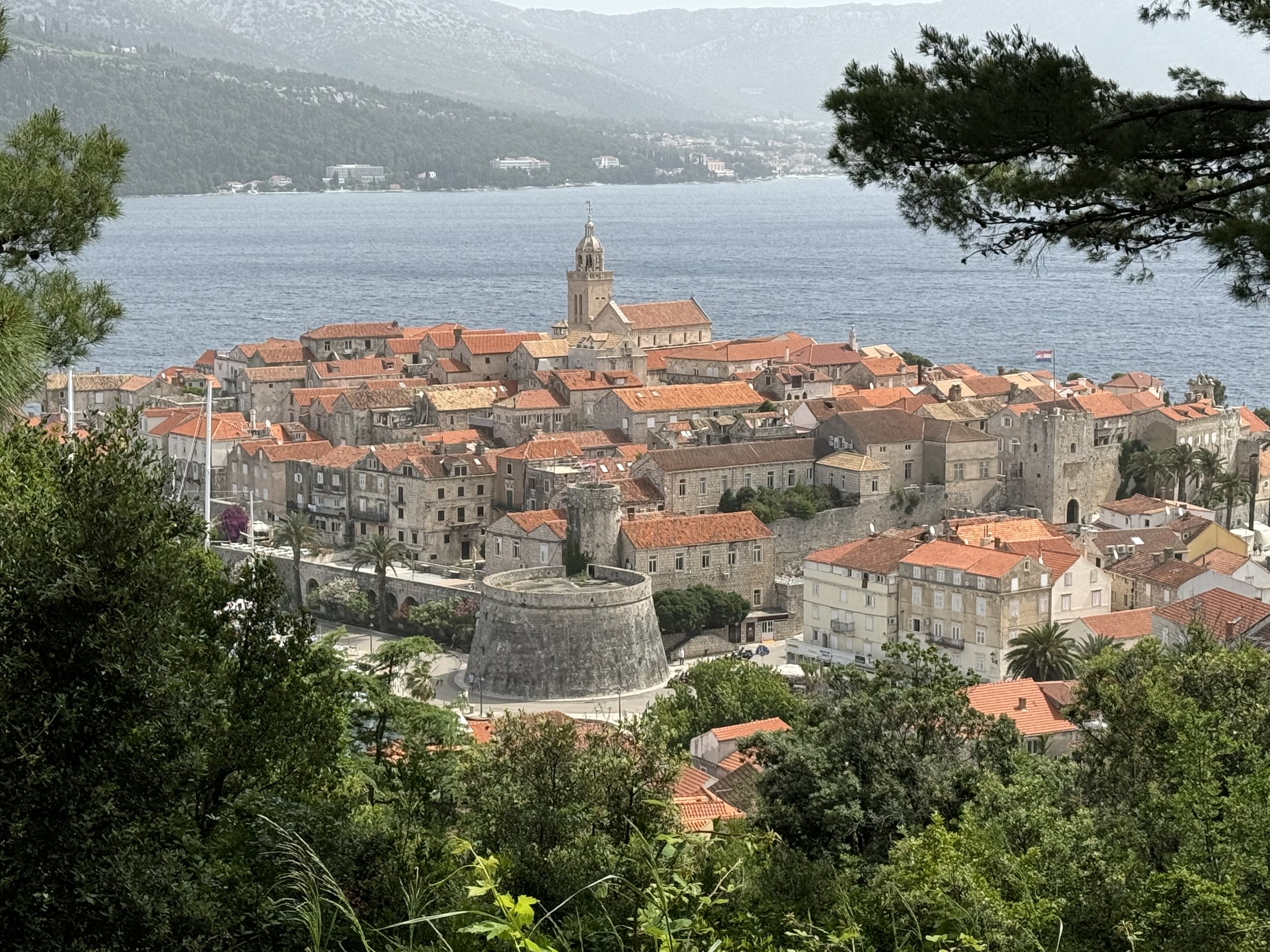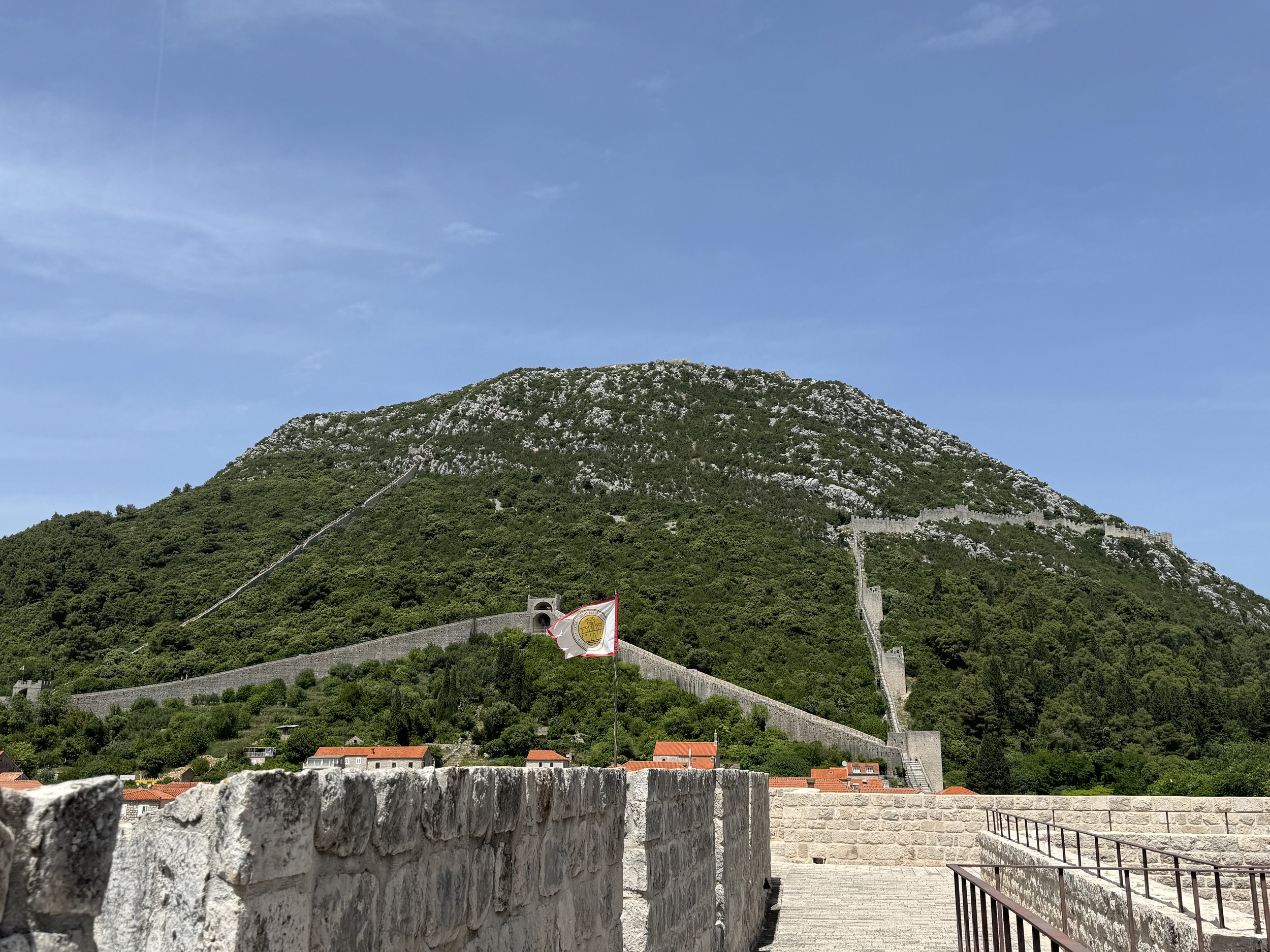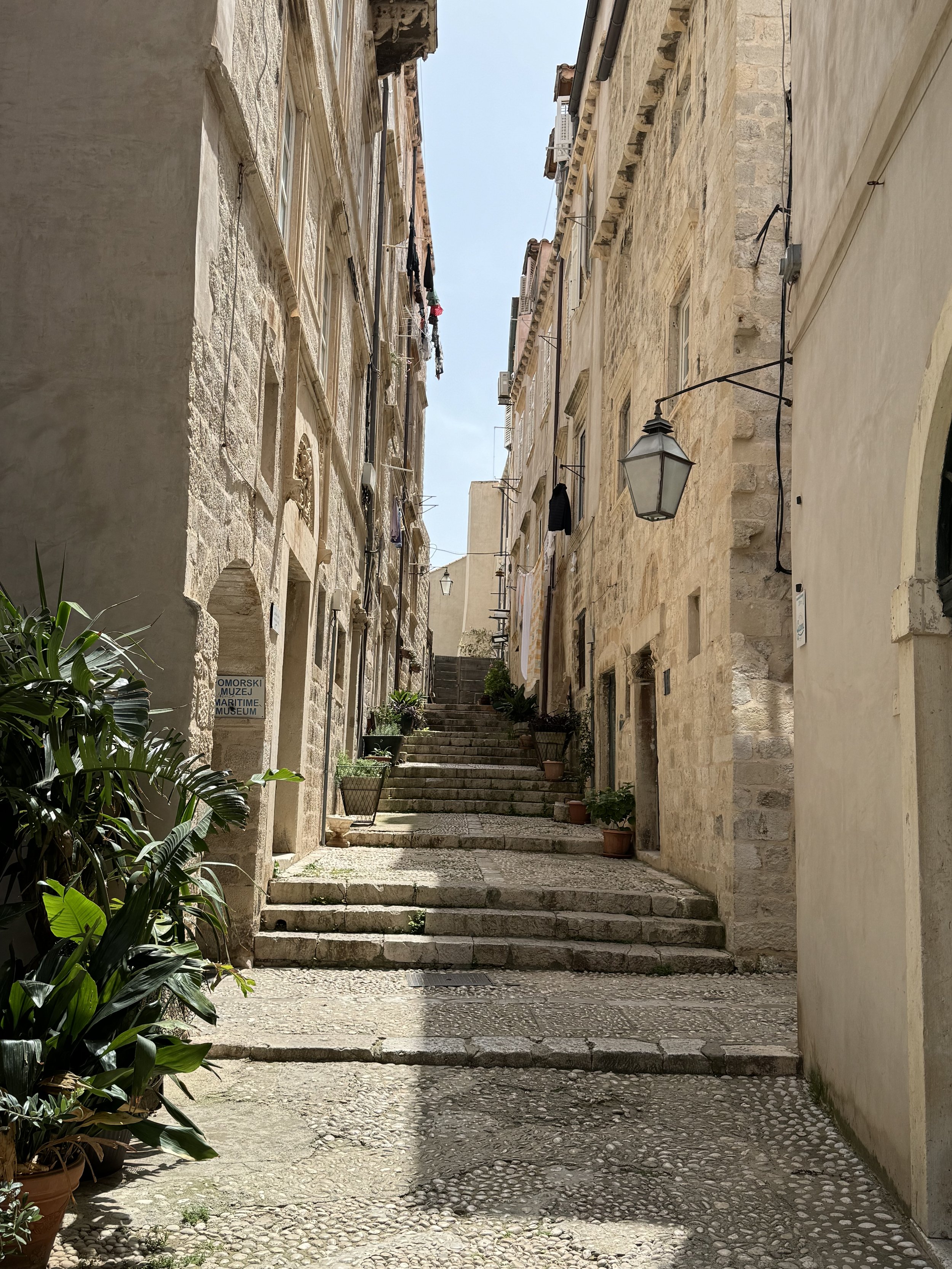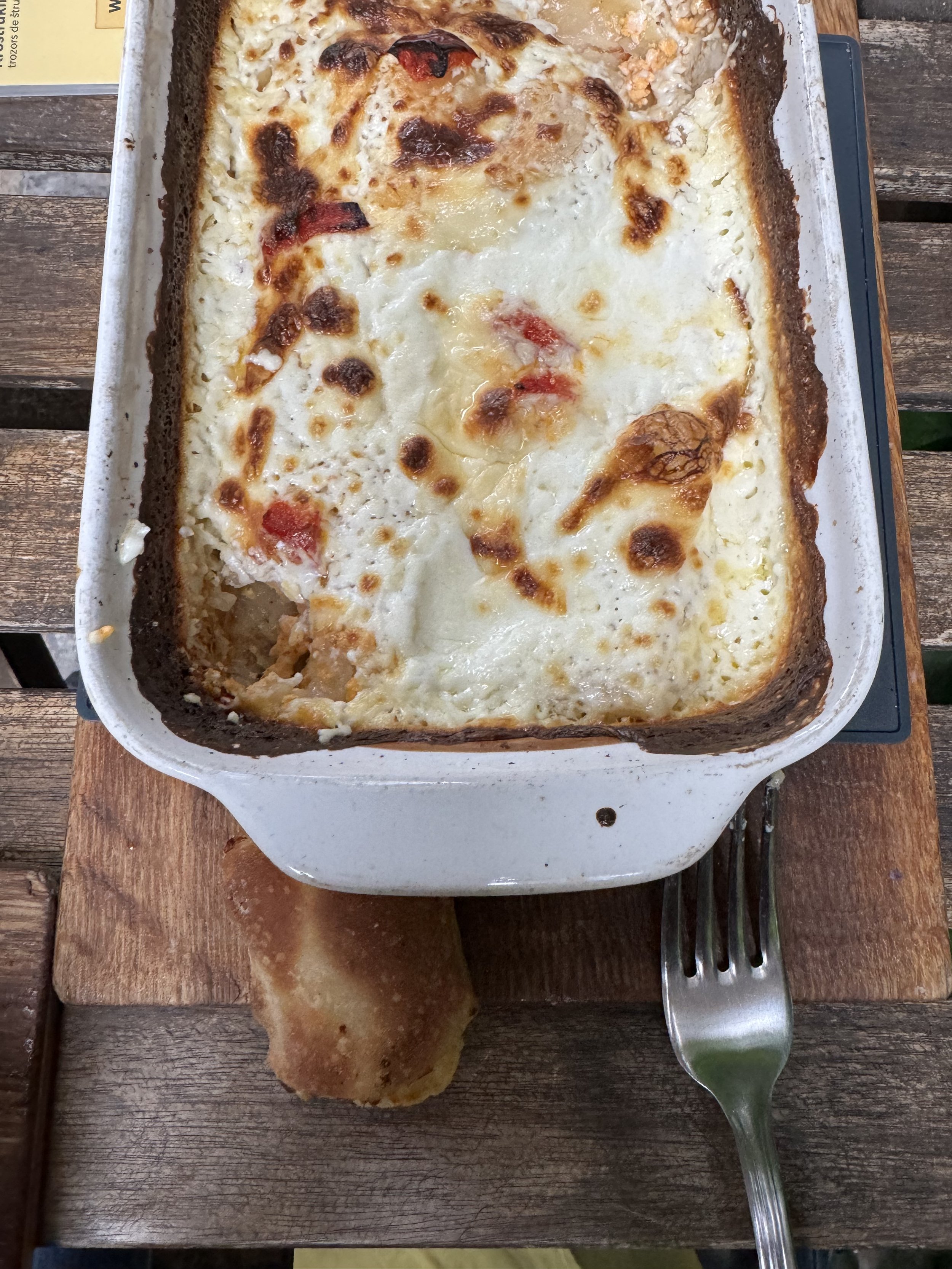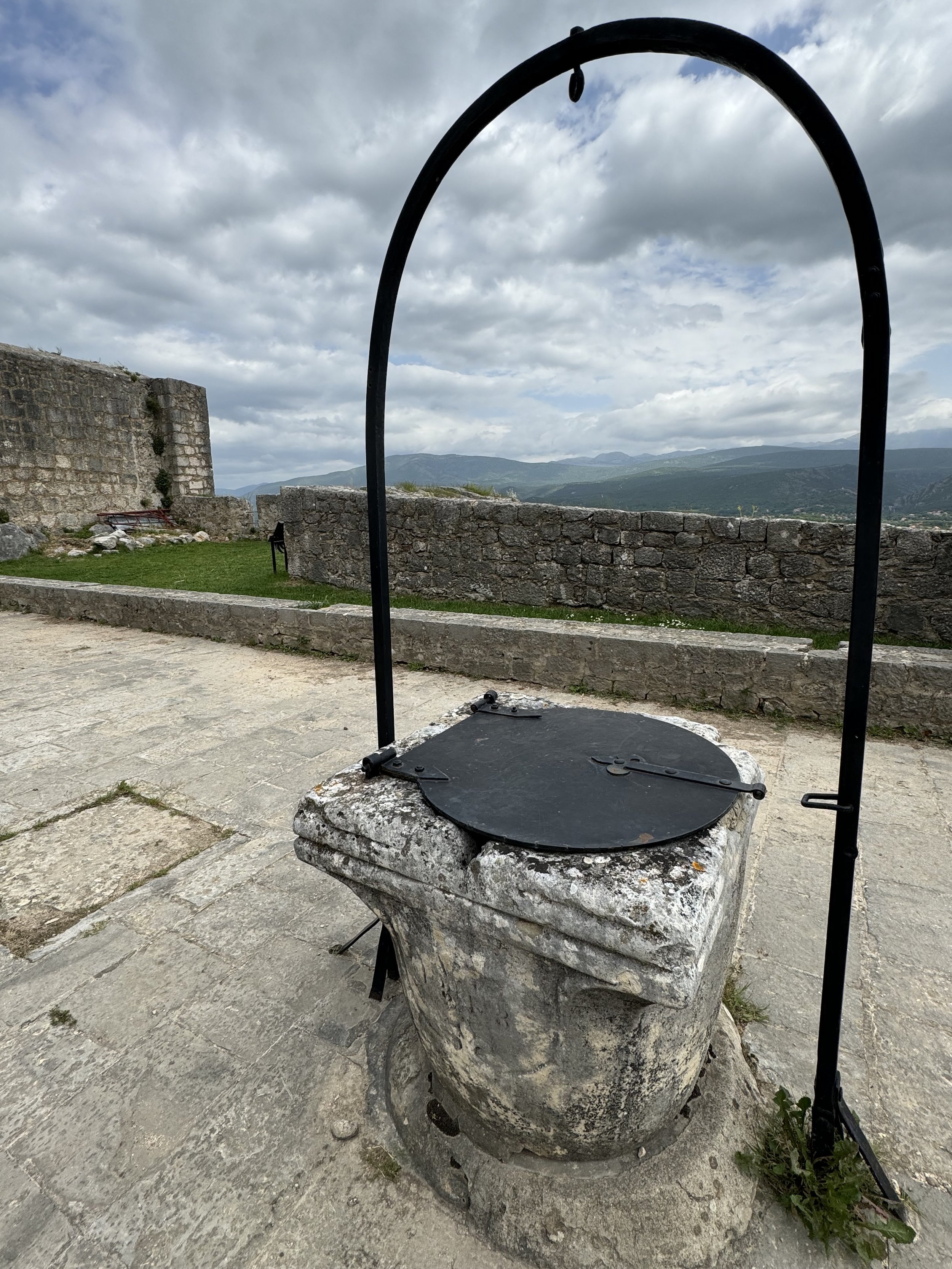Great city to visit - one of my favourites - Roman and Venetian ruins, beautiful promenade, incredible sunsets, great parks and green space.
Hemingway said Zadar has the most beautiful sunsets in the world.
Land Gate - Venetian design and built in 1543. Was the main entrance to Zadar from the small Fosa Harbour.
Church of St Donatus - built in the 9th century and built with pieces of an earlier Roman Forum, some remnants scattered in front. Next, 13th century Cathedral of St Anastasius with a bell tower you can climb. Roman ruins scattered throughout the old town, mixed with buildings from Byzantine and medieval eras.
The Sea Organ! Marble steps lead down to the sea - on the lowest, water side, there are slots - like a harmonica - when the waves hit them, it changes the air pressure in the cavities of the slots, ‘blowing’ against the 35 pipes to make a constantly changing sound that gets quite symphonic when the wake of passing boats hits it.


